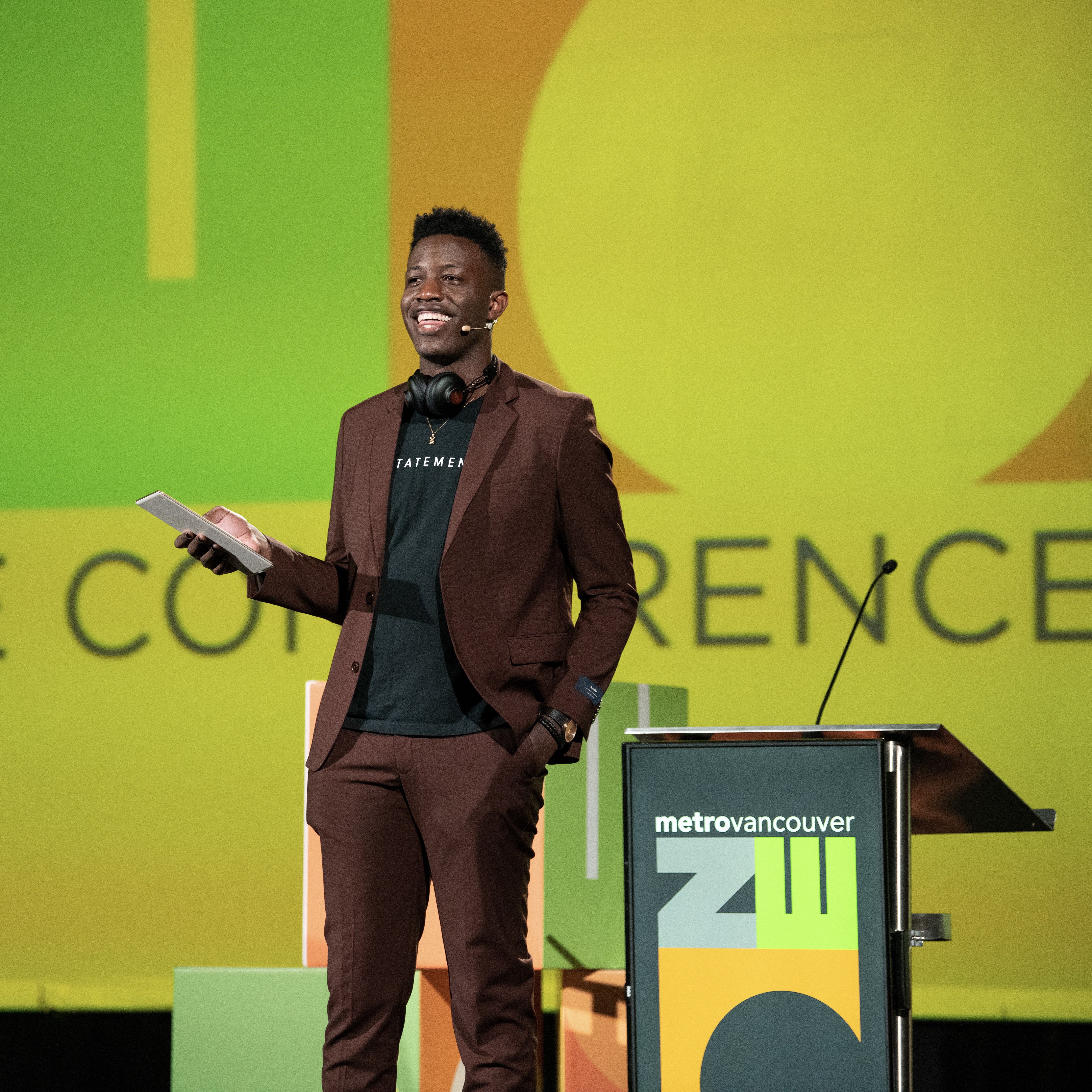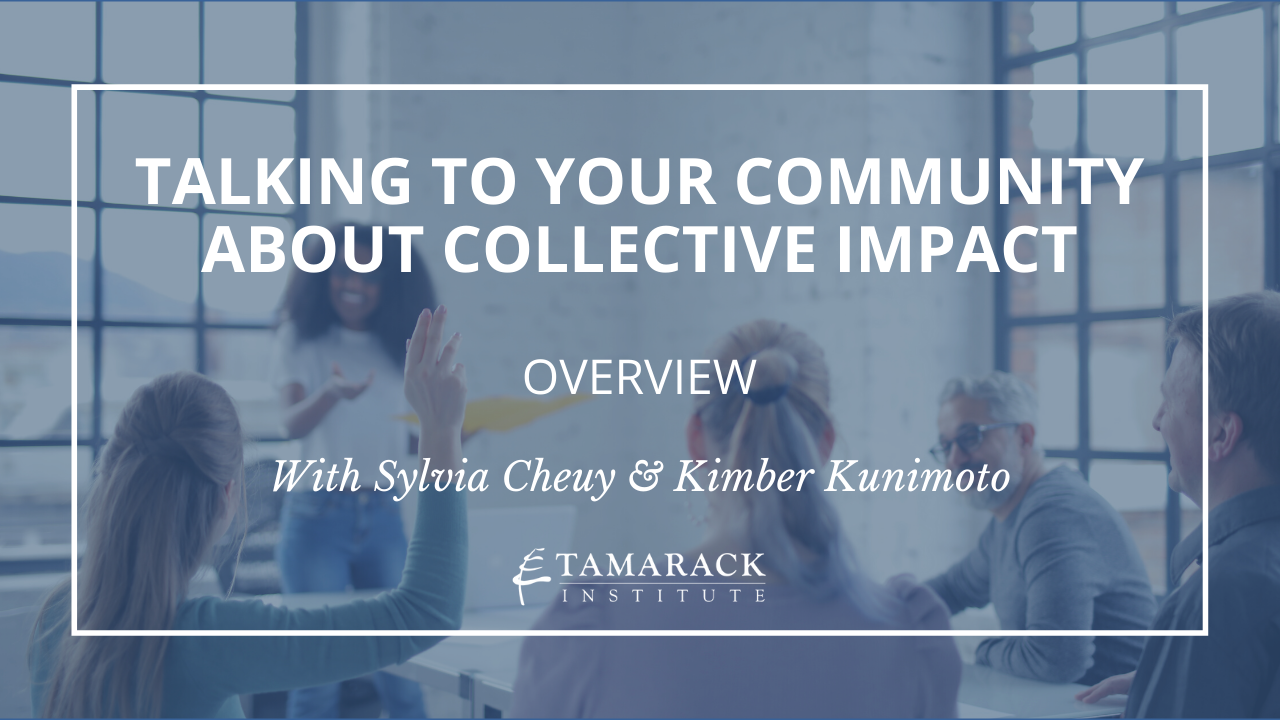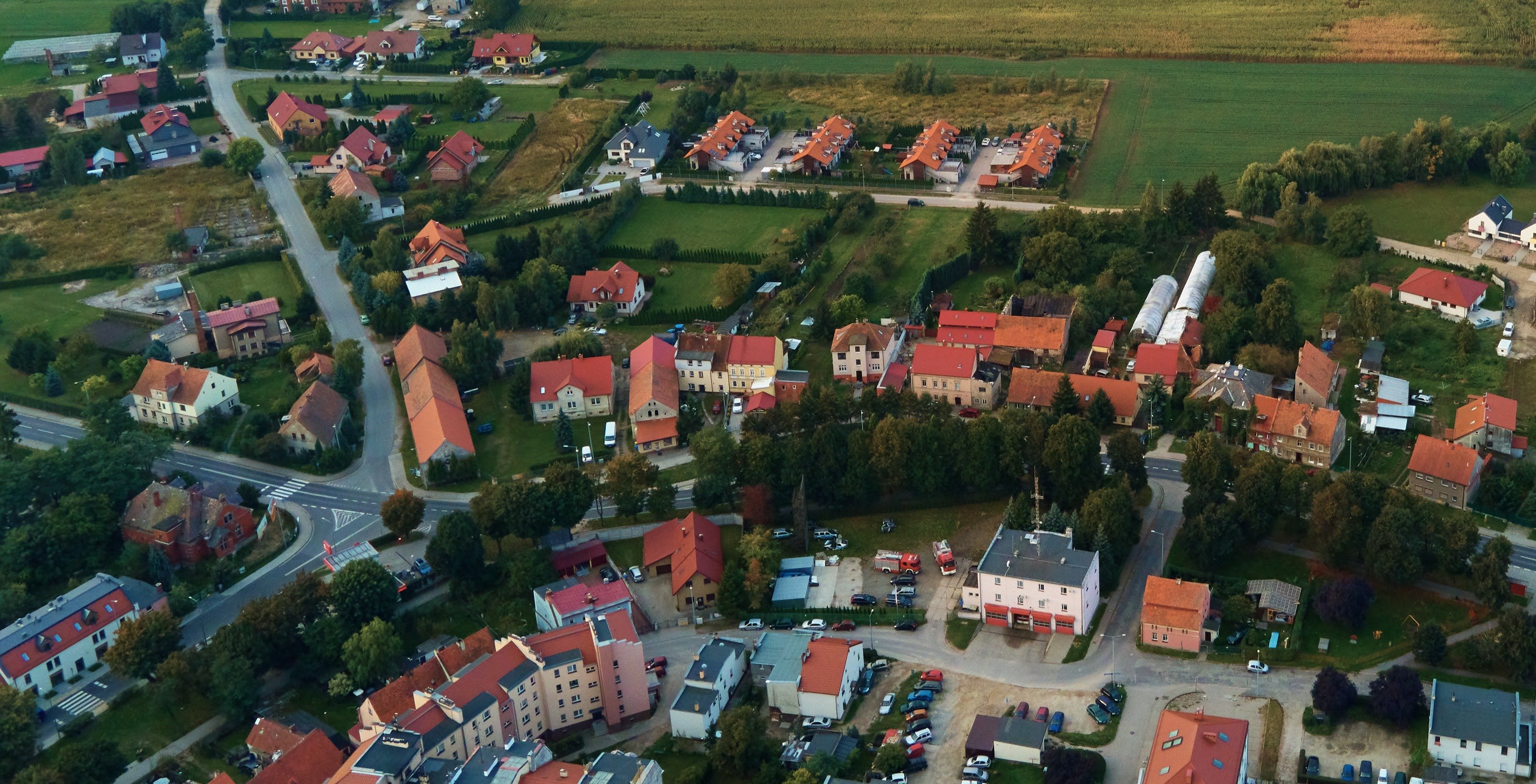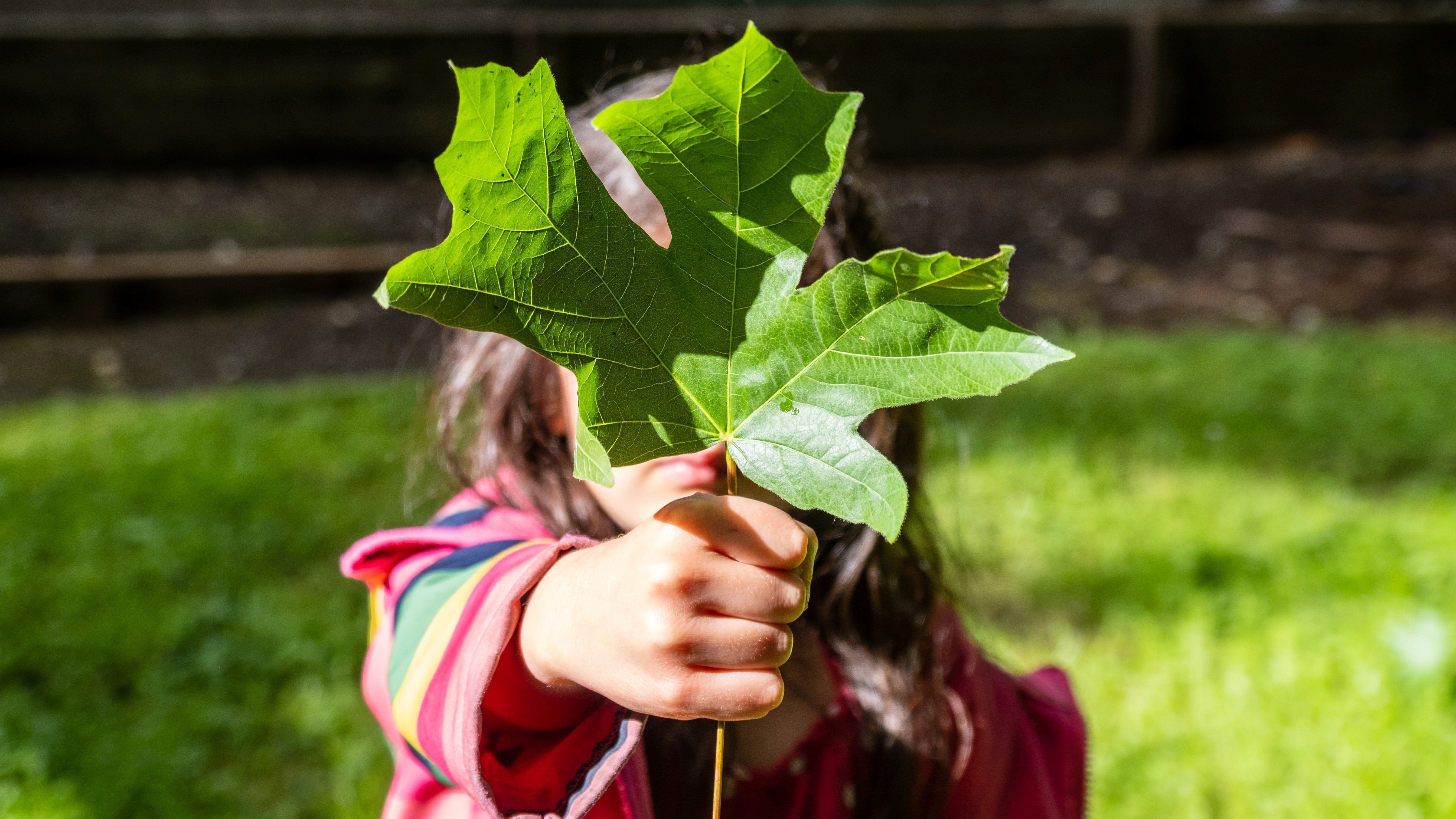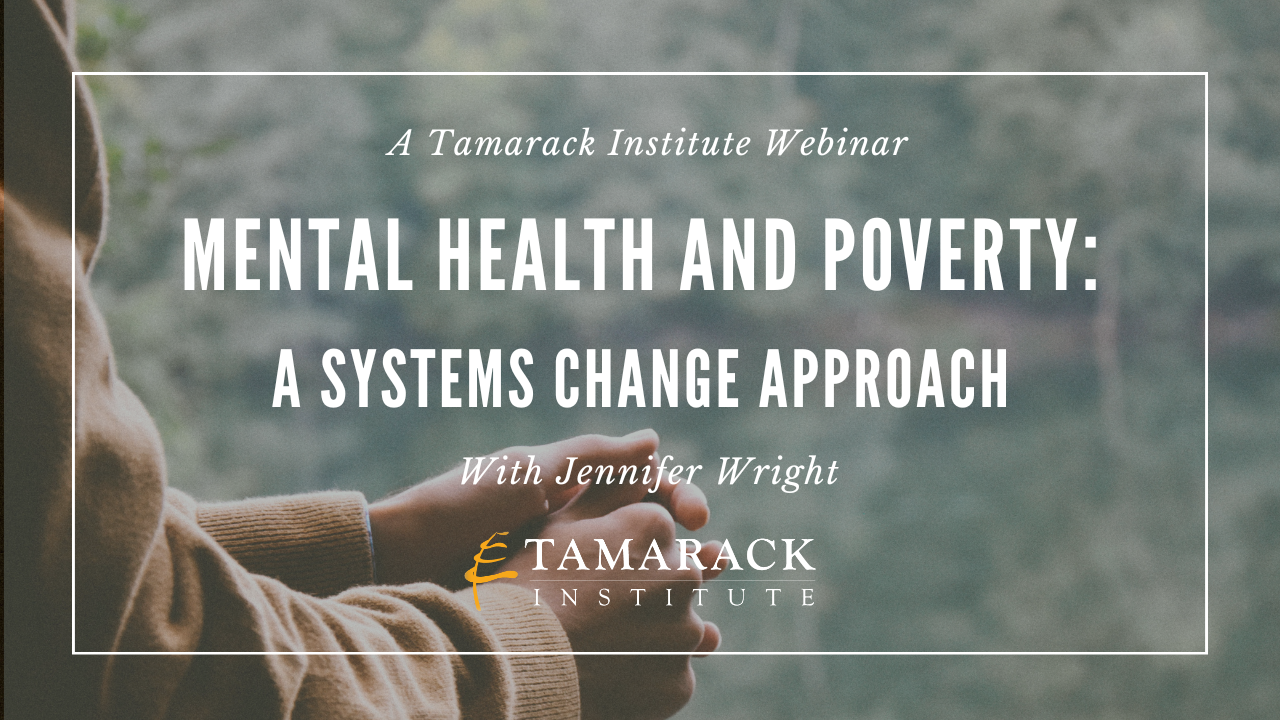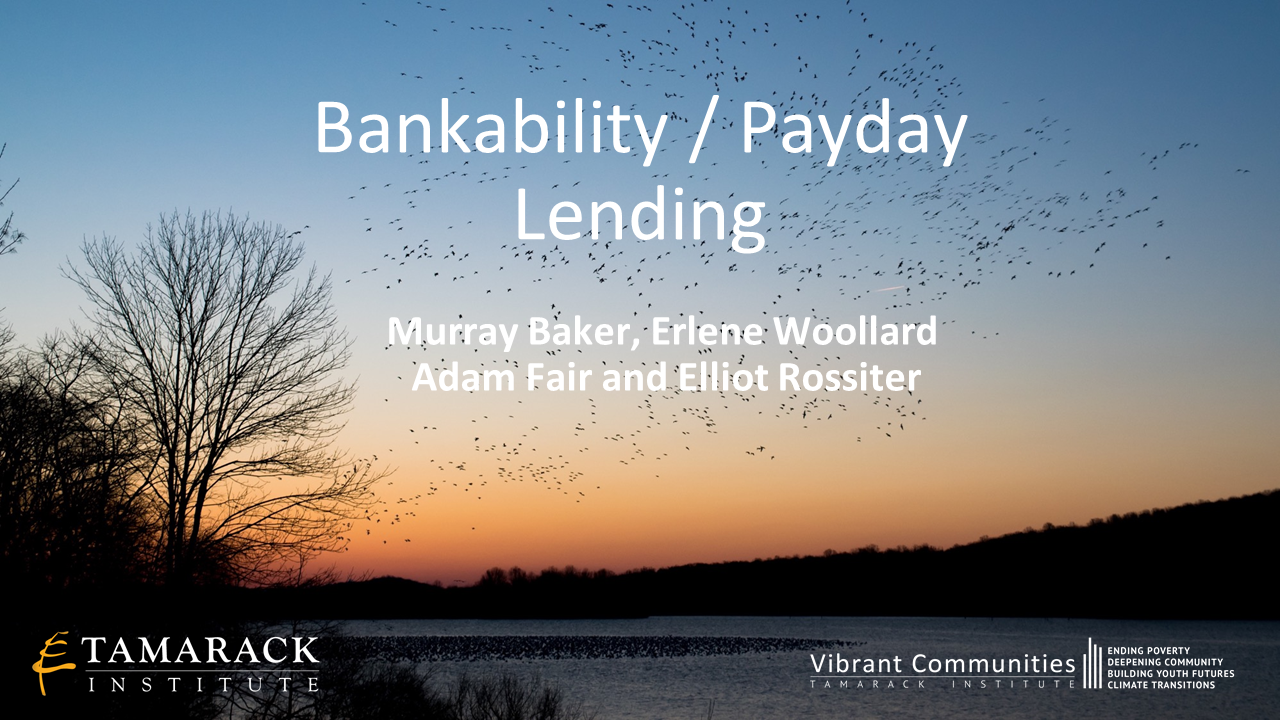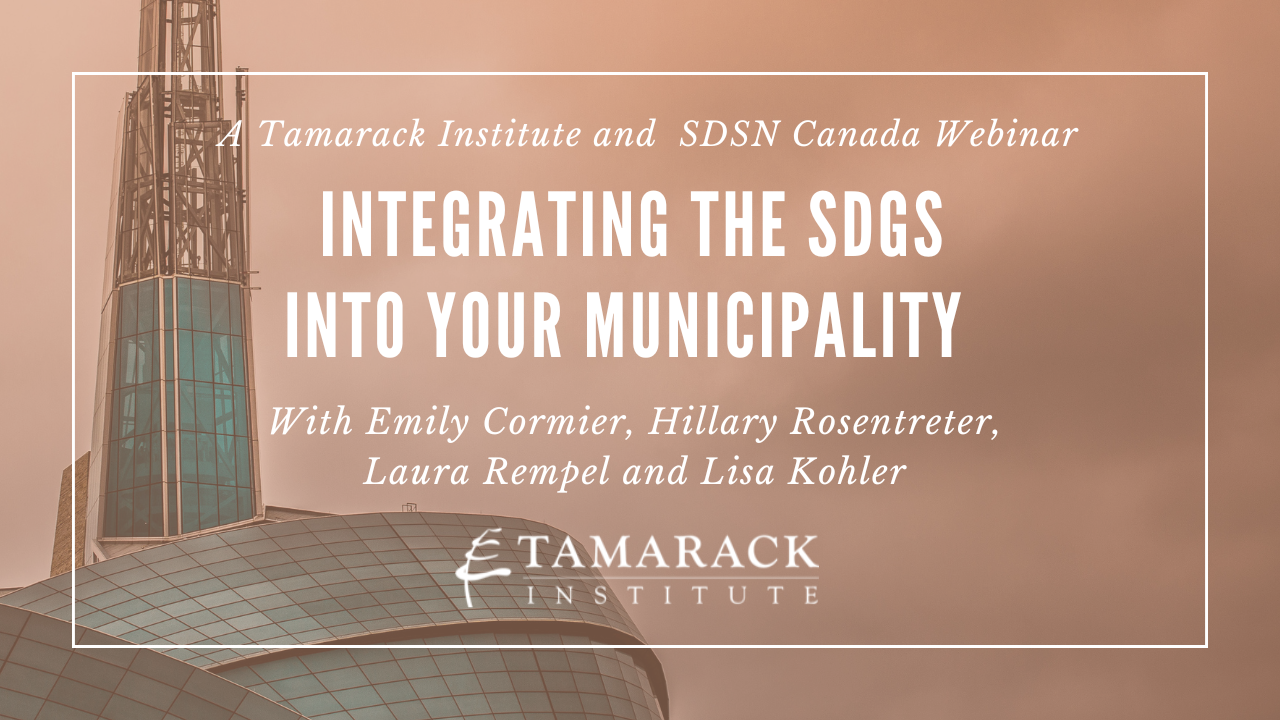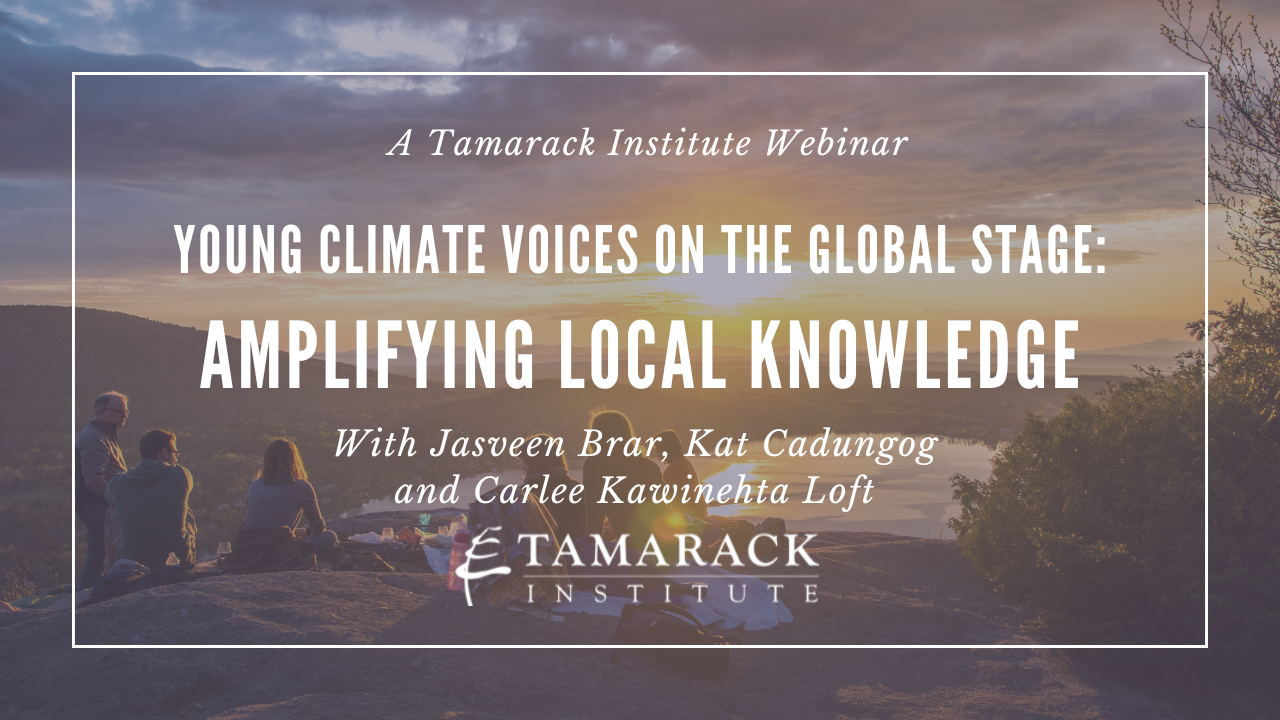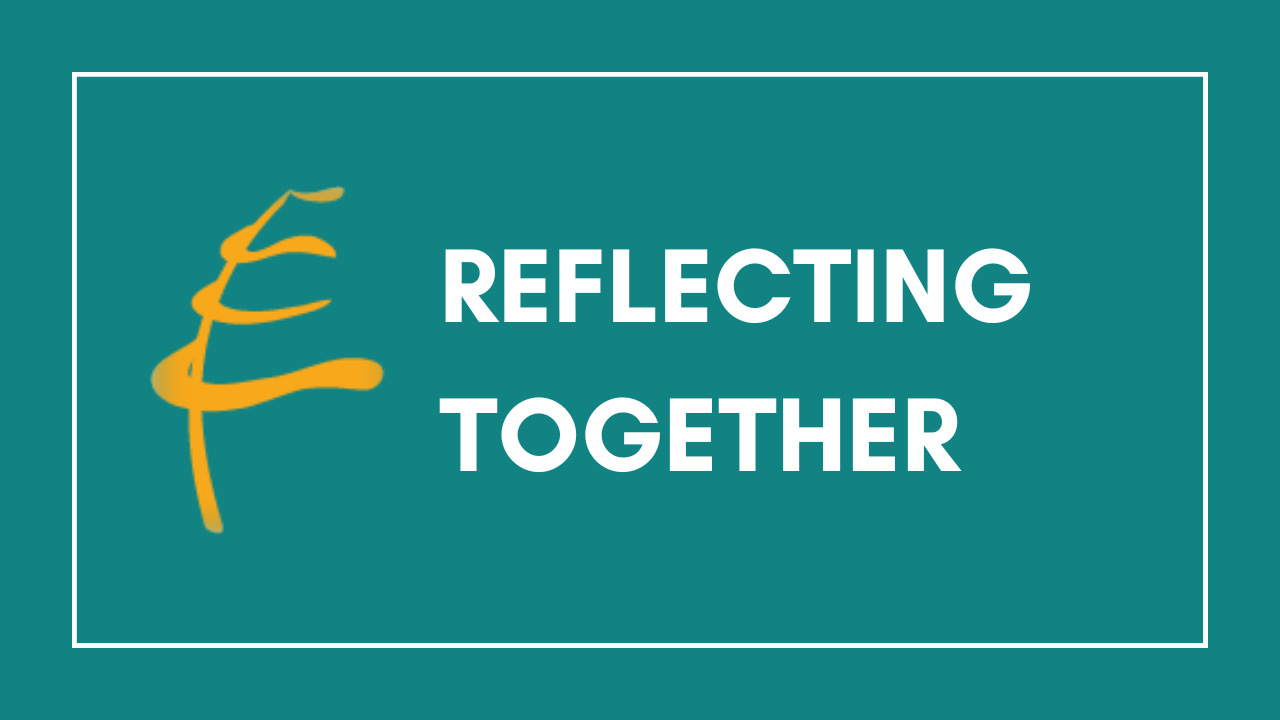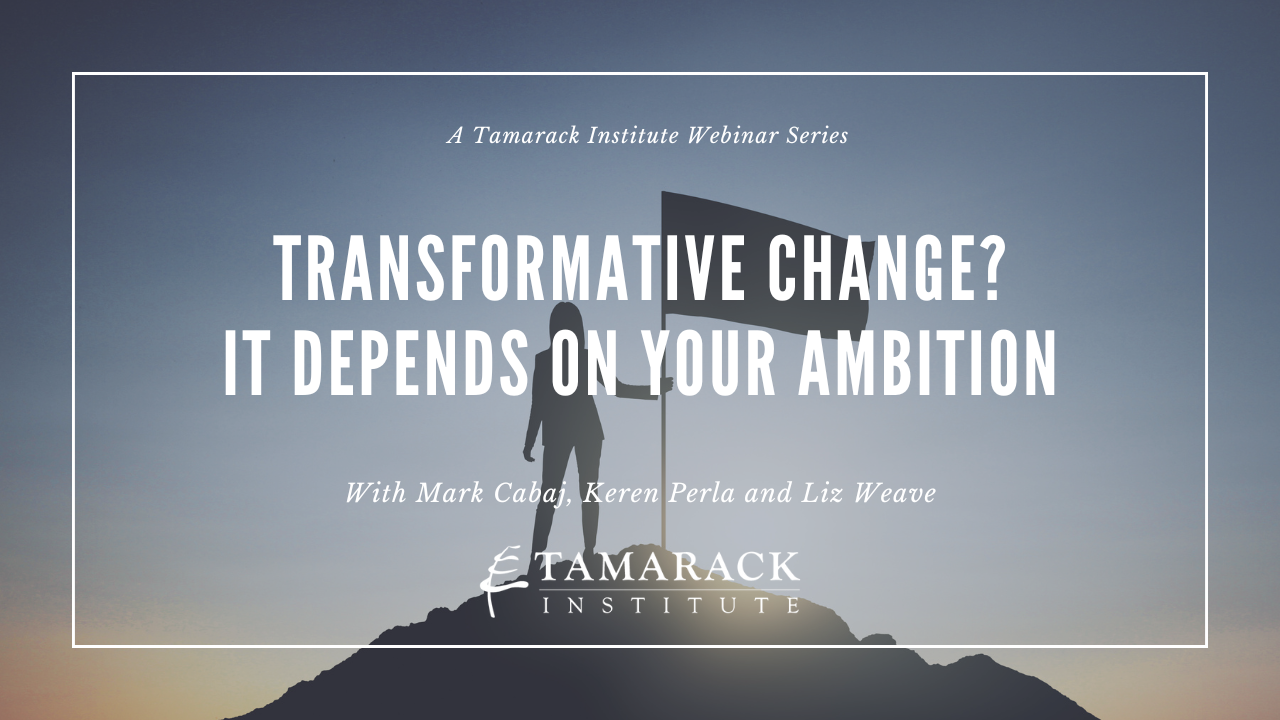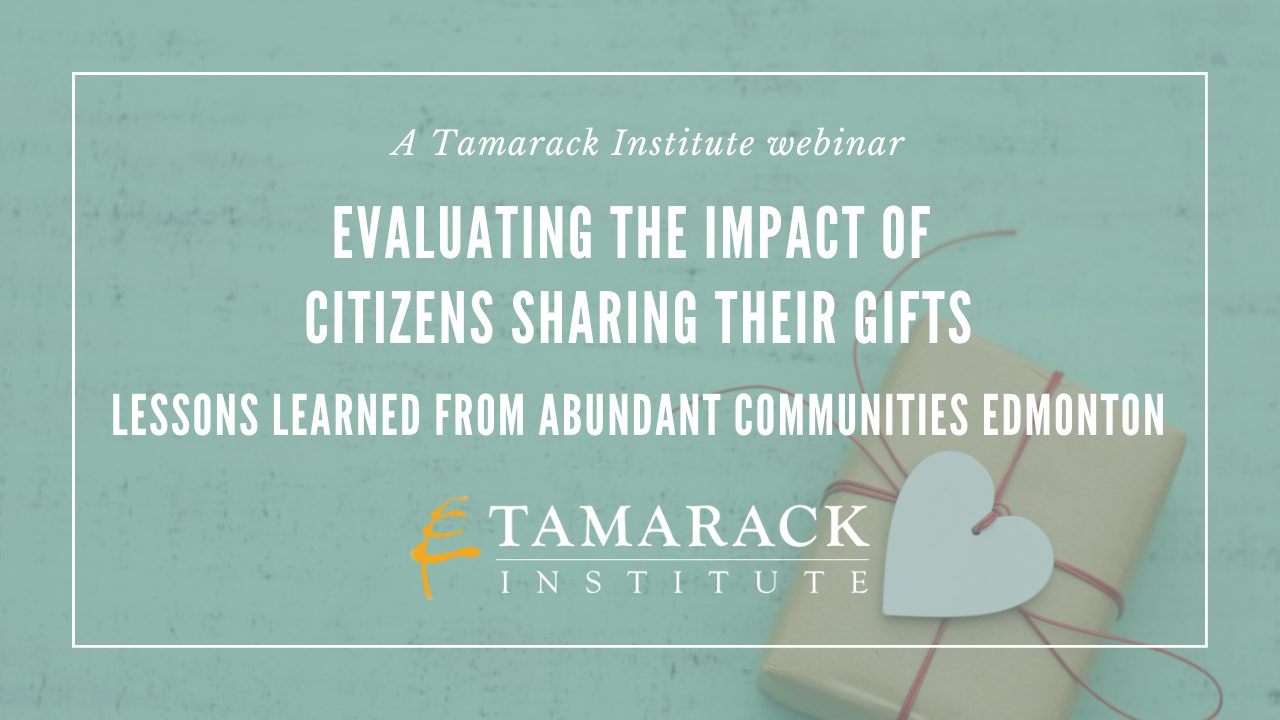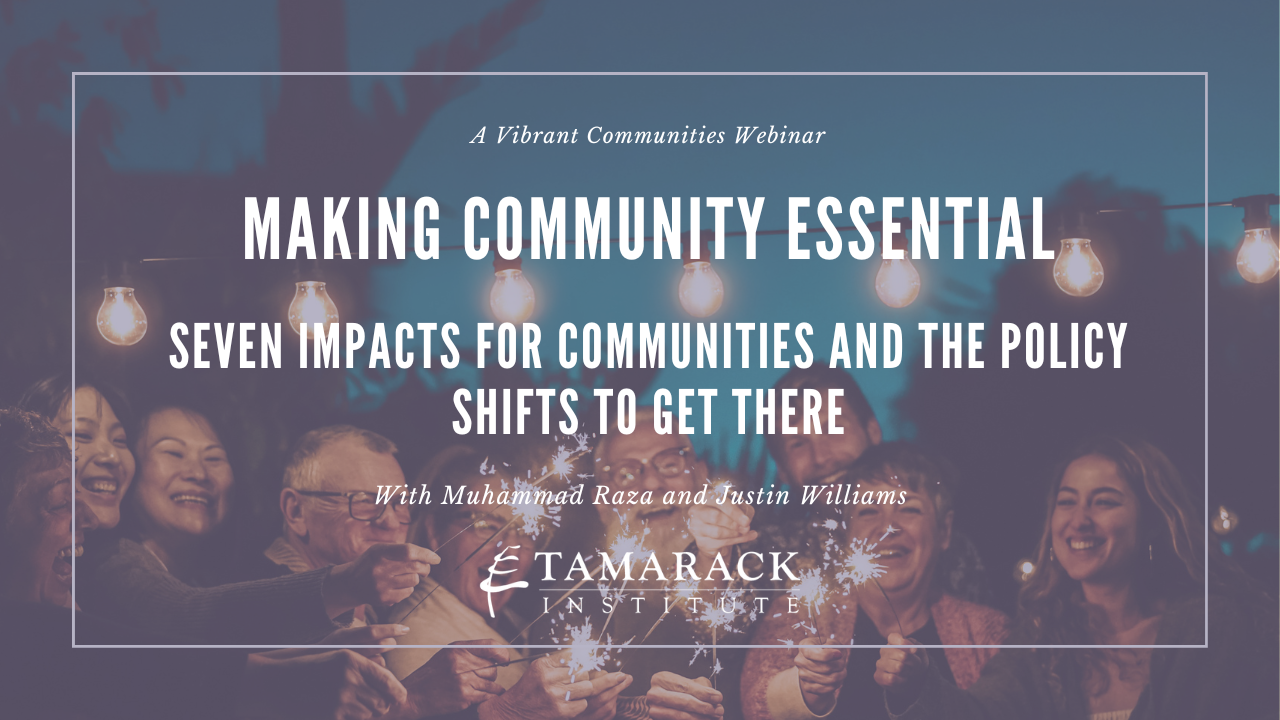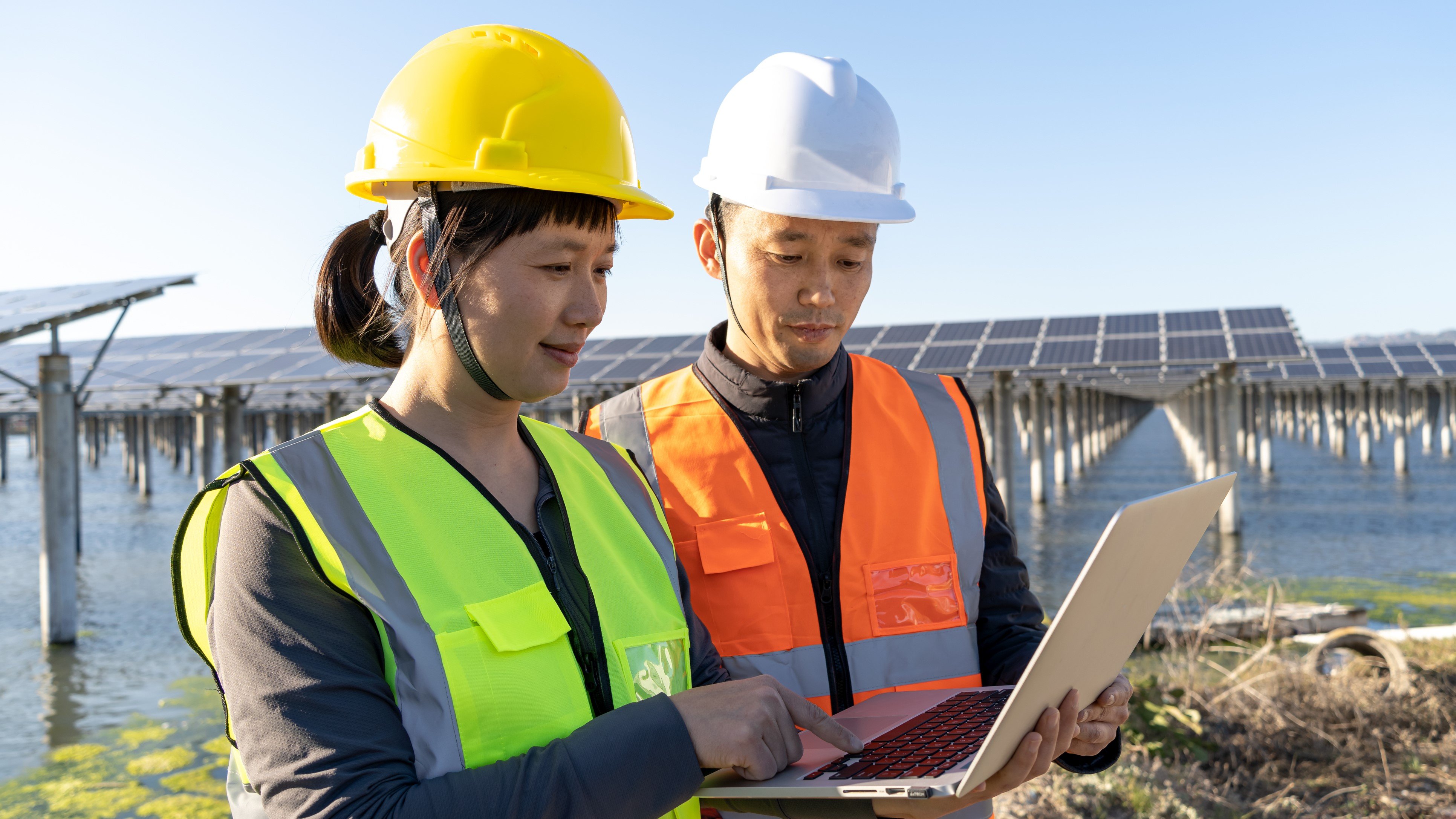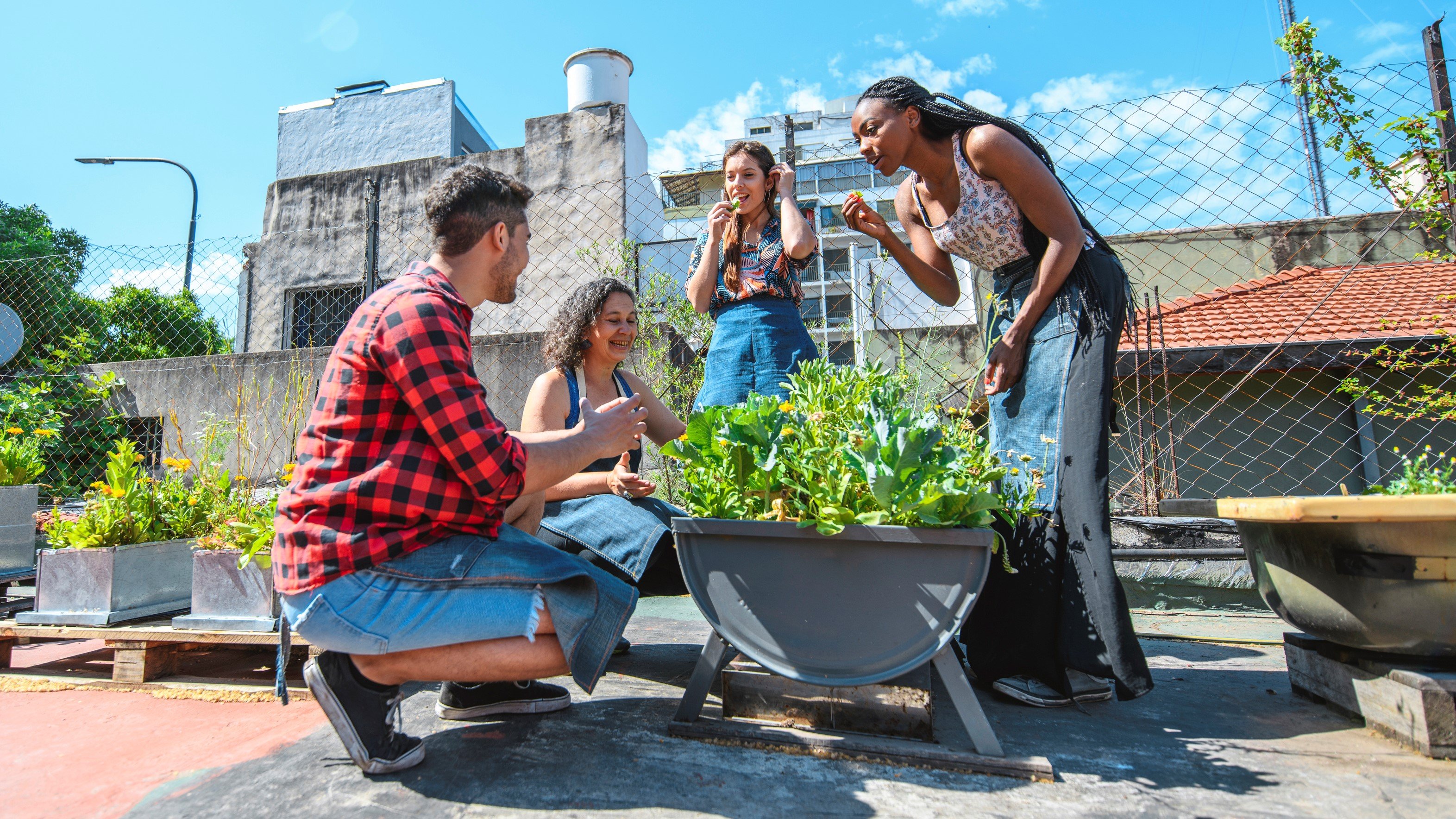Howl attendees pose in front of a beautiful Yukon landscape
This article was originally written in French and has been translated into English using non-AI translation software. To view the original French version, click on the language selector at the top right of your screen.
Introduction
The vast Yukon Territory is the most populous of Canada's three northern Territories, with a growing population of 45,000 inhabitants. On August 7, 2025, I arrived at Montreal Airport (YUL) with three suitcases and a backpack to embark on a magnificent adventure. To begin this story, let's go back a few months.
One day in March, I saw an ad on Instagram for an Alberta-based organization called The Howl Experience (Howl). According to its website, Howl "offers the kind of learning we believe everyone deserves: an education that respects each person's unique individuality, culture, and energy." Out of curiosity, I looked at the programs offered on the website and saw a trip to the Yukon for young people under the age of 35. I was immediately hooked. Here is the program description I read:
Engage with local Elders, Knowledge Holders, language keepers, artists and researchers to deepen your understanding of Indigenous Knowledge Systems, climate change, ReconciliAction, community building and personal resilience. Get inspired and find your voice (howl?) by truly connecting to place through land and community-centred learning, all through a relationship-based and Two-Eyed Seeing approach.
Who can resist such programming? As an employee at the Tamarack Institute, I am very fortunate to have a professional development budget and a leadership team that supports continuing education. As soon as I received approval to pursue this learning opportunity, I submitted my application.
I am the Consulting Director of Evaluating Impact on the Tamarack Institute’s Learning Centre team. My role is to support communities as they bring about systemic changes that improve the lives of all society members. I therefore have a responsibility to do my utmost to access the best knowledge available to me so that I can be the catalyst that meets the expectations and needs of the communities we serve. It is an honour that communities across the country welcome me to take part in (or even lead) important conversations about their futures. It’s a responsibility I take very seriously.
Through this new opportunity, I was able to learn from the land (place-based learning, an important value at Tamarack), learn from Indigenous Elders (reconciliation and Indigenization, essential goals at Tamarack), and learn from experts on important topics such as the impacts of climate change and resilience. On a personal level, I was able to visit a territory that has always piqued my curiosity. As a French-Canadian, I wanted to visit the most bilingual (English-French) region in Canada after Québec and New Brunswick.
So, back to the story. I arrived at the Montreal airport, ready to begin my journey to the Great North. I took three flights: from Montreal to Edmonton, from Edmonton to Vancouver, and finally, from Vancouver to Whitehorse (YXY). On my flight from Vancouver to Whitehorse, I saw magnificent mountains with glaciers, lakes in mountain bowls, and dazzling landscapes. Landing was an incredible moment. Here I am, finally, in the Yukon. Not even two minutes in the territory, and I can confirm that its slogan "Larger than life" is, indeed, very accurate.

A Howl staff member picked me up at the airport (thanks so much, Mackenzy!), and the adventure finally began.
Nineteen young people were selected for this journey. Some were from British Columbia, several from Alberta and Ontario, and two were from the Maritimes. Our group included several Indigenous people, a few immigrants, one Francophone (me), queer people, neurodivergent people, high schoolers, professionals, single mothers, members of the Canadian Armed Forces, and more. It was a diverse group with different worldviews, different reasons for being in the Yukon, and different skill sets. However, we were all young people on a quest for knowledge.
Lesson One: #LandBack is possible, and it’s beautiful
Our learning began at Yukon University (YukonU), the first (and only) university in Northern Canada. Our group was hosted by Jedrek Dendys and Temira Vance, two Indigenous professors at YukonU, who gave us a broad-spectrum history of the Indigenous nations located in what is currently the Yukon. They spoke not only about resilience, but also about the political organization of these nations to negotiate the modern treaties that have made the Yukon’s governance unique worldwide.
There are 14 First Nations in the Yukon, 11 of which have negotiated modern treaties giving them the authority to legislate and make decisions regarding their citizens and settlement lands. In brief, we talked about #LandBack – the Indigenous-led movement seeking to return the land to Indigenous peoples – as well as decolonization, which seeks to reduce (and eventually eliminate) colonial power.
We learned that the Yukon is a leader in both approaches and that #LandBack is indeed possible. In these reclaimed territories, we see settler, immigrant, and Indigenous people living side by side on a daily basis. It's not "the end of the world," as some would like to believe in southern Canada. No one has been "sent back" anywhere. Homeowners keep their homes while now paying a portion of their property taxes to the First Nation that owns the land. It was magnificent to see.
Imagine how much easier it is for Indigenous rights-holders to receive justice when the system recognizes the legitimacy of First Nations: it's no longer up to each person to figure out how to act alone. We can continue to live our daily lives while participating in decolonization, in ways that are accessible to the entire community.
Lesson Two: The Importance of Community Innovation
We set up camp at the Kluane Lake Research Station. It was our base of action, our hub to begin each day of our adventure and return to recover at the end of each day. After taking time to settle in (unpack, eat, and get our bearings), we began with a tour of Silver City by a descendant of one of its residents, Pauly Sias. According to Indigenous history, Silver City is an abandoned town in the west of the Yukon with a rich history of non-Indigenous stories: filled with adventurers who were searching for gold, working to build the highway to Alaska, or fleeing the dejection of life elsewhere.
Pauly is part of the Kluane First Nation. She has Indigenous ancestry on her mother's side and non-Indigenous ancestry on her father's. She shared stories of survival from both sides of her family. Pauly spoke about the difficulty of living during this time and the tools and innovations people developed to meet their needs and follow cultural practices. She showed us rocks that were shaped to tan hides and explained the laborious hide tanning process. She shared bones carved as tools for drinking soup or even whittling wood. She showed us the abandoned houses in Silver City, the lack of luxury, and the need for community to work hard to live. In short, she spoke about innovation.
What really struck me about Pauly's stories was that she broke the false tension that sometimes exists between tradition and innovation. Not only did Pauly explain how innovation could ensure people's survival in that era, she also emphasized the importance of continued innovation for the well-being of all people. For example, in addition to passing on the traditional way of tanning hides with rocks, she also mentioned that she has now learned that it is possible to use a pressure washer, which requires much less physical effort. According to Pauly, we must not only appreciate the innovations of the present, but also the innovations of the past that empowered our ancestors to survive, leading to the creation of our lineage.
Recognizing what these ancestors had to accomplish in the past to survive, we can better understand the strength it took for them to still be here today.
In this context, there are two quotes I'd like to share:
The first: Pauly spoke of a conversation she had with her father about whether it was his idea to carve a bone into an axe shape for use. He replied, "If I had the idea, surely someone else somewhere had the same idea too."
The second: Speaking of nature, human life, communities, societies, and countries, Pauly said, "The world is always changing; that is the one universal truth."
Lesson Three: Animals created the first trails
One day, our Howl guide, Warren Lake, led us on our first hike in Kluane National Park to the summit of Thechàl Dhâl. After taking some time to educate ourselves on the necessary elements to prepare for wilderness travel (check the weather, consult warnings in the area, bring a water bottle and food, etc.), we were there, ready to go. Keep in mind that we were in the Yukon to learn about the land (among other reasons), so during the hike, we stopped several times for that purpose.
We saw fallen trees, and Warren explained that the soil in the Yukon isn't very deep. As a result, tree roots grow outward rather than downward. This is one of the reasons why climate change poses a great risk to the region's forests: with erosion and melting glaciers, the soil can be washed away, leaving behind barren clay where little – if anything – grows.
We also observed trees with strange protrusions on their bark. Warren explained that these were the result of a fungal infection, which sometimes inspires artists in their architectural or sculptural creations.
During this show-and-tell in the great outdoors, Warren mentioned, almost in passing, that the first trails were made... by animals. At this point, I had to ask him to repeat himself. I always thought trails were created by humans! First, animals chose the least crowded passages in the forest to move between different locations. Then, Indigenous peoples noticed these trails and chose to follow them. Finally, settlers and institutions (like Parks Canada) widened and formalized them. Isn't that incredible?

This is the first time I've seen such a simple example of the application of natural law. Colonial societies often prefer to dominate nature, meaning they try to do what they want, regardless of the natural order of things and existing ecosystems. Indigenous societies, on the other hand, tend to emulate nature and learn from it. However, here's a powerful example of natural law in action: trails. They are the lifeblood of almost every Canadian pastime and they come from animals. We follow in the footsteps of animals to learn how to be in these wild spaces.
A few months ago, I had the pleasure of listening to Chloe Dragon Smith, a Dënesųłı̨né woman from the Northwest Territories, speak about natural law during a keynote address at the Canadian Inclusive Green Spaces Symposium. She showed an image that I'll attempt to replicate here:

In this image, we see the constant changes in nature: as Pauly pointed out, the only permanent truth is that of continuous change. Indigenous societies strive to keep pace with these transformations and adapt to them in their own way, to continue living in harmony with nature. In contrast, colonial society seeks to maintain a linear trajectory, thus eventually losing its harmony with nature, except when it is forced to adapt.
This contrast reveals that harmony with nature lies not in resisting change, but in the ability to evolve with it, drawing inspiration from the lessons nature and animals offer us.
Lesson Four: Mount Logan Doesn’t Have an Indigenous Name
Languages often carry the values of their speakers, and this is certainly the case for Southern Tutchone, the primary Indigenous language of the region we visited. The Southern Tutchone language is more often referred to as Dän'ke, meaning "our way," or Dän k'e kwänje, meaning "our way of speaking." In the early 1950s, nearly 20,000 people spoke Southern Tutchone. Since then, this number has dropped drastically to only a few hundred. In 2004, there were 404 people for whom Southern Tutchone was their first language, and a total of 645 people who had some knowledge of it.
A classic example of the difference between the perspectives shared by the Southern Tutchone language versus those shared by the English language (in this case) is found in the way we name places. Southern Tutchone speakers – presently represented by members of the Kluane First Nation and the Champagne and Aishihik First Nations (CAFN) – name places in ways that locate or describe them. As Elder Ron Chambers explained at the Da Kų Cultural Centre, a place name could indicate where to find food, or sometimes how to get there if it serves as a landmark.
For example, Sheep Mountain is known as Thechàl Dhâl to Southern Tutchone speakers, meaning “hide scraper mountain,” referring to the thechàl, a flat stone scraper used to prepare animal hides. For Indigenous people, it was a place to find thechàl, while for settlers, it was a place to hunt Dall sheep. However, as Pauly explained, sheep didn’t live exclusively on this mountain; thus, for the Kluane people, this name didn’t really make sense.
Another example is the village of Haines Junction, called Dakwäkäda in Southern Tutchone, meaning “place of the big granary.” The community of Haines Junction emerged after the construction of the Alaska Highway and Haines Road between 1942 and 1943. With the establishment of businesses and buildings, a village gradually developed at the intersection of these two roads. The English name honours Francina E. Haines, chairwoman of the committee that raised funds for the construction of a church in Haines, Alaska. Long before that, in ancient times (kwädąy), Dakwäkäda was already located at the intersection of various trails. Local families stored their belongings there, including food gathered or hunted in the region.
The differences in naming habits reveal not only an amusing divergence of perspectives, but also a difference of values. From the moment they arrived in the territories now known as the Yukon, settlers sought to profit from the land and dominate nature. This is clearly reflected in the names they chose. Whenever a place was named after a human being, it signified that the value of that place was linked to the person it related to – the place had no value in itself, but rather it gained value due to its sponsor. Whenever a place was named after a resource, it was to mark its exploitation. Whenever a place was named after a location in Europe, it was to erase its unique identity and impose a sense of familiarity.
The differences in names reflected the worldviews and ways of being specific to each sociocultural group. Unfortunately, through colonization, settlers were not willing to respect the existence of multiple worldviews. They were stuck in the perspective that there is only one right way to do things and that all other ways are inferior. Their worldview demanded the need to dominate everything, and this is seen in the names given. When names are not inspired by the place itself, there is less need to learn from the land.
With modern treaties and cultural revitalization projects in the Yukon, efforts are underway to restore places to their original Southern Tutchone names. However, a curious fact emerged in this process: Mount Logan, Canada’s highest peak and the second-highest peak in all of North America, does not have a pre-colonial name. Speaking with Pauly, she recounted asking her mother, who replied, “There’s nothing there, why would they name it?” A similar story emerged in a conversation with Ron. While working with Parks Canada, he was tasked with climbing the mountain to provide recommendations for those interested in climbing it recreationally. When he returned, he spoke to his Elders about it, and they asked, “Did you find any bighorn sheep there?” – “No.” – “Moose?” – “No.” – “Minerals?” – “No.” – “Then why visit?”
Their conclusion was simple: if the mountain provided neither food nor a path, it didn't need a name. Why name nothing? In the Southern Tutchone language, to name is to acknowledge a relationship, to inscribe the memory of a living bond between the land and its inhabitants. Mount Logan, in its anonymous silence, reminds us that not everything needs to be owned, classified, or designated to exist. Some things can simply be.
From a colonial perspective, a mountain's value lies in its height: the higher it is, the more it deserves to be noticed, mapped, and named. Mount Logan was named in 1890 by Israel Cook Russell in honour of William Edmond Logan, a Canadian geologist and founder of the Geological Survey of Canada. Interestingly, after the death of Prime Minister Pierre Elliott Trudeau in 2000, his interim successor, Jean Chrétien, proposed renaming the mountain after him.
This illustrates the difference between an Indigenous approach, which assigns a name based on the relationship to the place and what it provides, and a settler approach, which tends to name even the useless, simply to mark its symbolic dominance.
Lesson Five: Reconciliation Means Moving Forward Together
Towards the end of Howl's week, we had the opportunity to visit the Da Kų Cultural Centre. While there, we were fortunate enough to meet artist Jai Reid, who is part of the CAFN. He was restoring a carved wooden paddle. Noticing our curiosity, he invited our entire group of 20 people into his studio and showed us his artwork. He explained that the paddle he was restoring belonged to a community member who lost his father. This community member was torn from his culture by residential schools and was doing the hard work of reconnecting with his culture, of which the paddle is a part. His father always wanted to finish this paddle, but he died before he could, so his son (the community member) asked Jai to finish it.

Artist Jai Reid demonstrates his practice to Howl members in the Da Ku Cultural Centre
Jai explained that for him, reconciliation is about reclaiming what was lost. For example, his art has given him the desire and strength to explore the question of identity and the marriage of multiple identities. Coming from two Indigenous nations, he has recently begun experimenting in his art to merge the distinct styles of his two lineages. Through this work, he reclaims what is rightfully his: his person, his history, his whole being.

Afterward, we spoke with Elder Ron, who shared the impact residential schools had on his family. He talked about how far he was forced to travel, how he was locked up in school all year, not allowed to go out even for an afternoon, and how he lost his language and culture. He also talked about what happened after that experience. He spoke about his activism to end these schools and the healing process he experienced through connecting with other Indigenous nations and peoples across Canada. He mentioned that even in Québec, when he met Indigenous nations and people, as soon as he spoke about residential schools, they had so much to share and tell.
Ron spoke about losing his mother and how her last words were a song the two sang together when Ron was a child, a song he still remembered. Through this weaving of stories and lived experiences, he shared a thought that stayed with me: “Sometimes allies take ownership of the residential school experience and can be as tough as survivors. The survivor mindset is about bringing people together and moving forward in a positive way. Reparations, not punishment.”
Ron echoed similar words to Jai. For him, reconciliation is about regaining what we can, knowing that not everything that has been lost can always be regained. He added that reconciliation is also about being together and moving forward together. It’s not about using the past to build barriers between people, but about moving forward together in truth and action. It is not a passive process, nor is it rooted solely in anger or hatred. On the contrary, reconciliation calls for love, the courage to recognize and celebrate those whom society has made invisible, and the strength to reinvent a common future together.
This reminds me of a question our group asked Elder Harold Johnson of Kwaday Dan Kenji (Long Ago Peoples Place) about the clan system in the Yukon.
Question: "What happens when an Indigenous person in the Yukon marries a non-Indigenous person?"
Harold: "The non-Indigenous person will be adopted by the clan and baptized with a clan name. This isn't automatic, as it depends on the person's actions in the community. It takes time, but once accepted, they carry the clan identity for the rest of their lives."
Isn't this a beautiful metaphor for our role in reconciliation? That we are recognized by the Indigenous communities we work with – not for our words, but for our actions.
To Conclude…
This is just a sample of the lessons the Yukon has offered me. I continue to analyze every sound, every sight, every encounter, constantly asking myself how these lessons will resonate in my work at the Tamarack Institute and in my personal life. What echo will the Yukon leave in the communities I support? What seeds sown here will germinate where I live and work?
A huge thank you to Howl for this adventure, and infinite gratitude to the Yukon, this larger-than-life territory.
Aaah-Wooooooooo!1
1 A wolf howl – a gesture that symbolizes The Howl Experience


